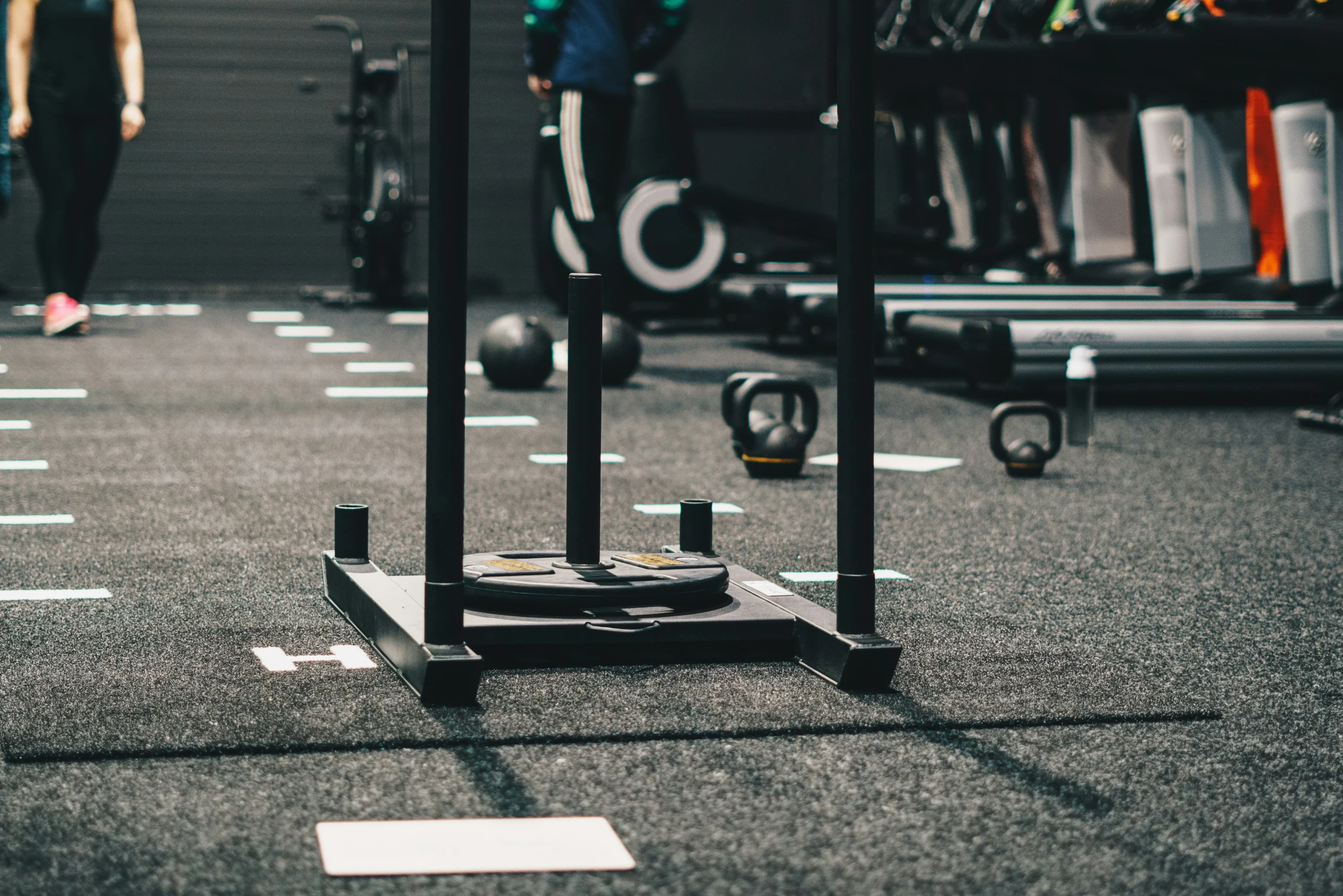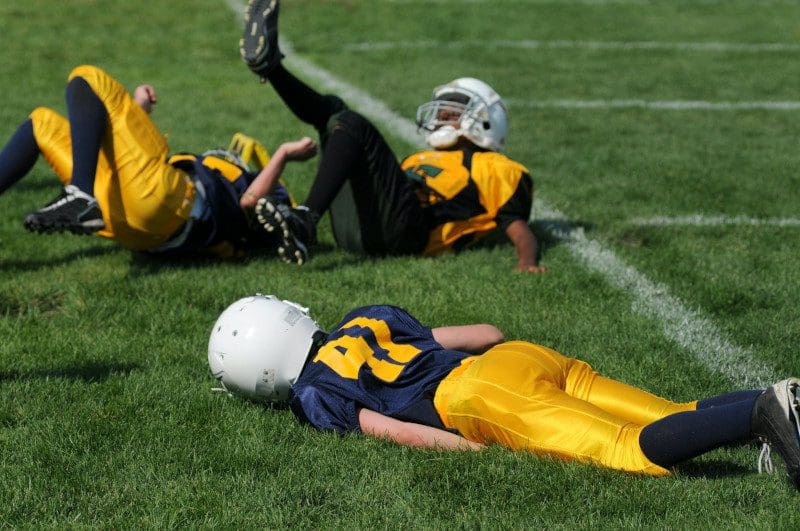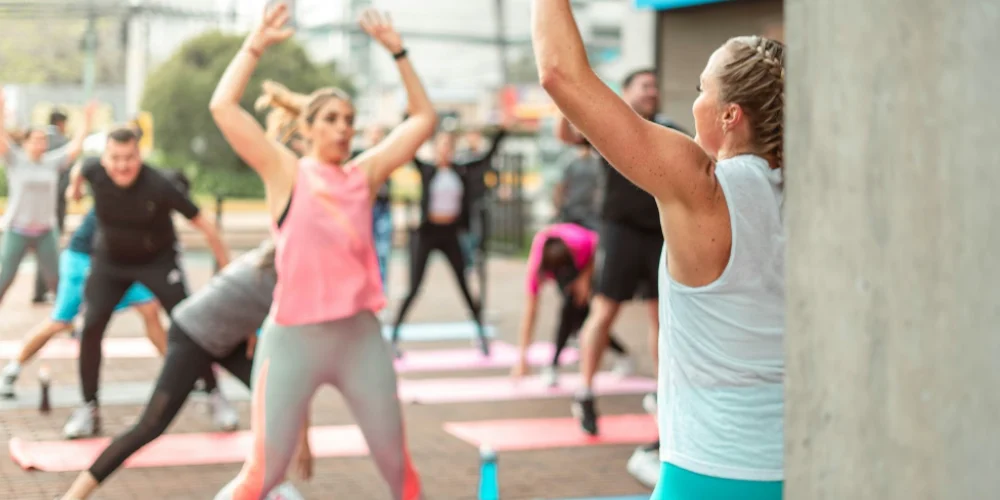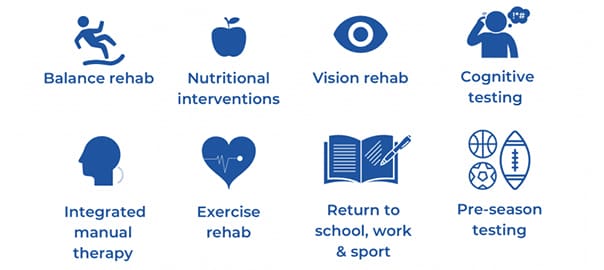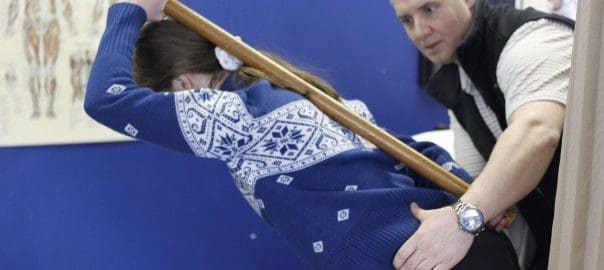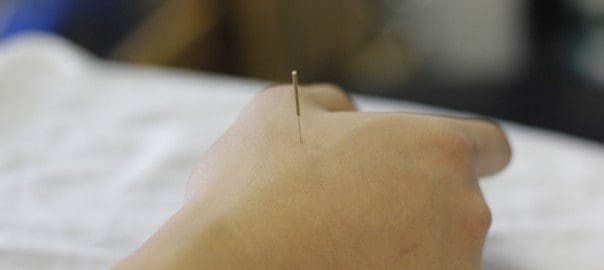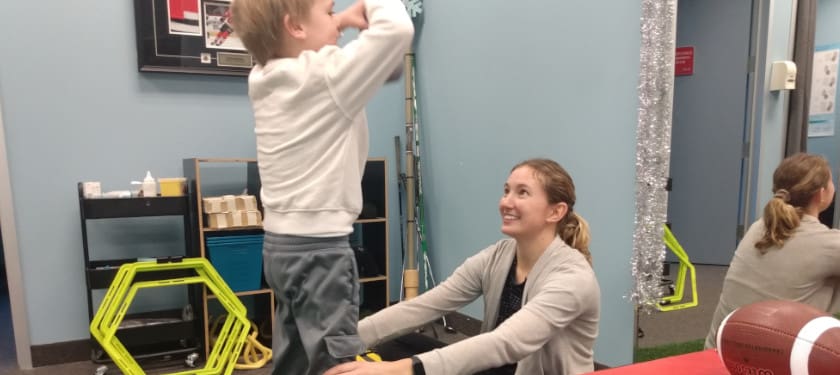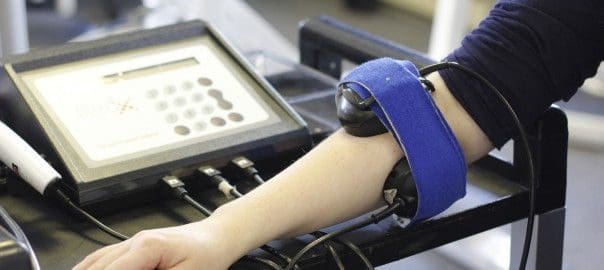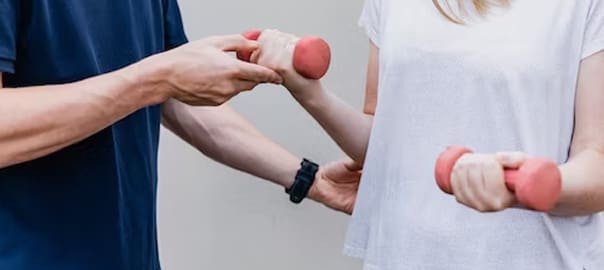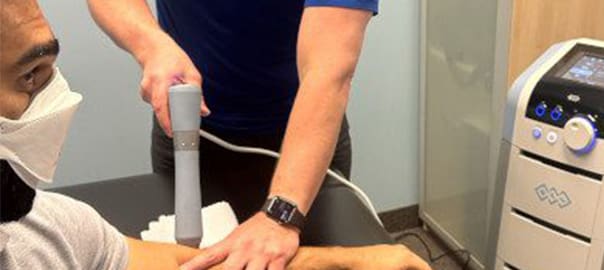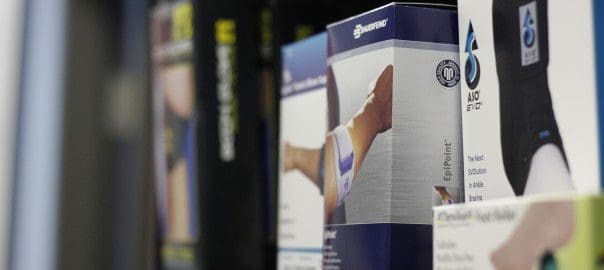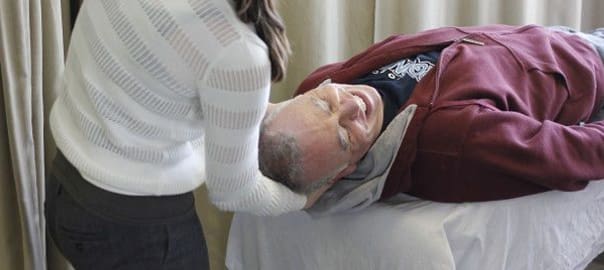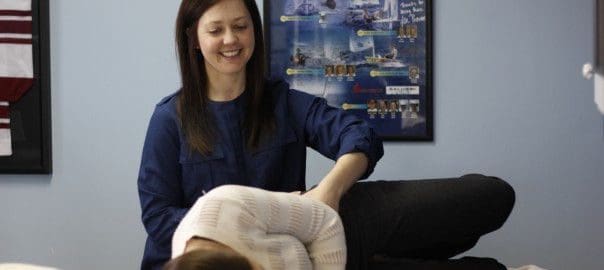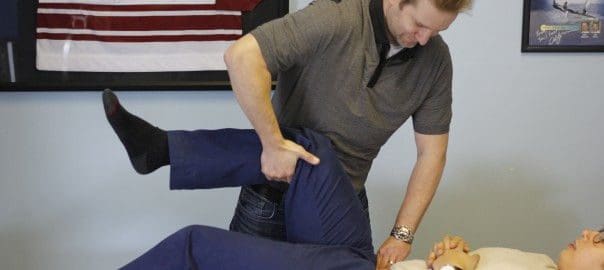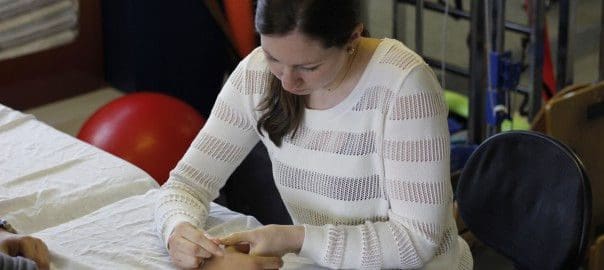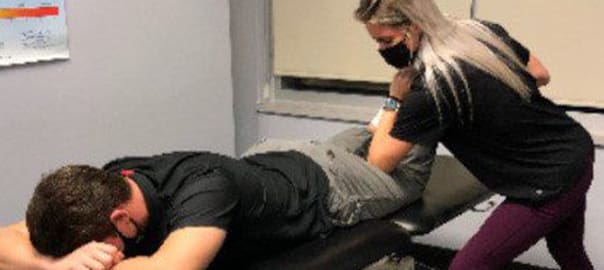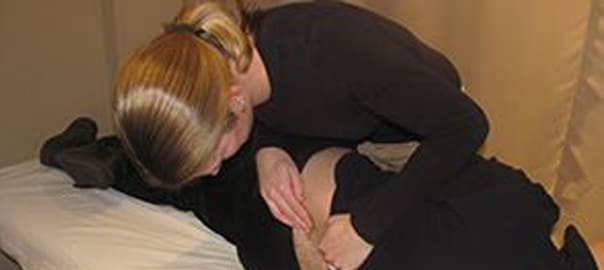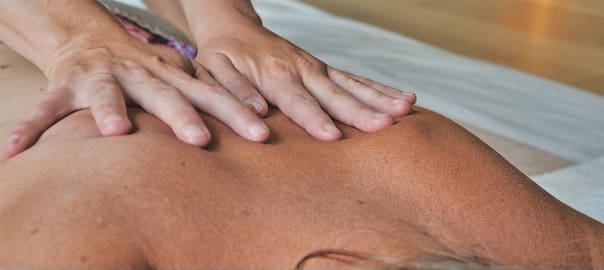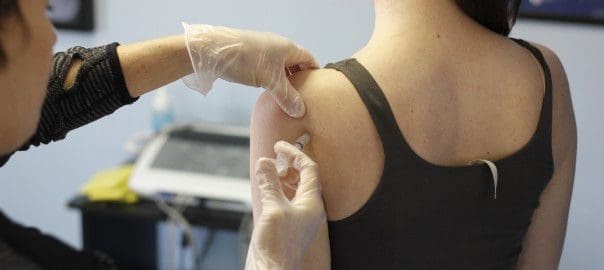 Knee osteoarthritis (OA) is a common condition that affects millions of people, leading to pain, stiffness, and difficulty with everyday activities. Whether it’s climbing stairs, walking, or getting back to your favorite sport, knee OA can make movement challenging.
Knee osteoarthritis (OA) is a common condition that affects millions of people, leading to pain, stiffness, and difficulty with everyday activities. Whether it’s climbing stairs, walking, or getting back to your favorite sport, knee OA can make movement challenging.
While many people assume that surgery or medication is the only solution, physiotherapy plays a crucial role in managing symptoms, improving mobility, and enhancing overall quality of life. But how exactly can physiotherapy help? Let’s take a closer look at the benefits of physiotherapy for knee OA and how the right treatment plan can keep you moving pain-free.
Understanding Knee Arthritis: Causes and Symptoms

Knee OA is a degenerative joint disease characterized by the breakdown of cartilage in the knee joint. This deterioration leads to:
Pain and Stiffness:
Discomfort is typically worse in the morning or after long periods of inactivity and may worsen with prolonged movement.
Reduced Range of Motion:
Stiffness and swelling can limit knee flexion and extension, making it harder to bend or straighten the leg.
Joint Instability:
Weakness and cartilage loss can lead to a sensation of the knee “giving out,” increasing the risk of falls.
Difficulty with Everyday Movements:
Tasks like climbing stairs, standing up from a chair, or walking long distances become more challenging.
Changes in Gait:
To compensate for knee pain, individuals may develop an altered walking pattern, which can cause additional strain on other joints, such as the hips and lower back.
Risk Factors
Several factors contribute to the development and progression of knee OA:
Aging:
The risk of knee OA increases with age.
Previous Injuries:
A history of knee injuries, such as ligament tears or fractures, can increase the likelihood of developing OA.
Obesity:
Excess weight places additional stress on the knee joints.
Genetics:
Family history plays a role, as some individuals inherit a predisposition to weaker cartilage or joint abnormalities that contribute to OA.
Repetitive Stress or Overuse:
Jobs or activities that involve frequent kneeling, squatting, or heavy lifting can put excessive strain on the knee joints.
Muscle Weakness or Imbalance:
Weakness in the quadriceps and hamstrings can lead to improper joint mechanics.
Knee OA can significantly impact independence and mobility, but early intervention through physiotherapy can help slow its progression and improve function. By strengthening muscles, improving joint mechanics, and managing pain, physiotherapy plays a crucial role in maintaining knee health and overall movement.
How Physiotherapy Helps Manage Knee OA

Physiotherapy is an effective, non-invasive approach to managing knee OA. By targeting pain relief, mobility, strength, balance, and movement patterns, physiotherapists help individuals improve function and maintain an active lifestyle. Here’s how physiotherapy plays a key role in knee OA management:
Pain Management
Reducing pain is a primary goal in physiotherapy for knee OA. Several techniques are used to help alleviate discomfort and improve joint function:
Manual Therapy:
Hands-on techniques such as joint mobilization and soft tissue massage can help reduce stiffness, improve circulation, and relieve pain.
Therapeutic Modalities:
Treatments like ultrasound therapy (to promote blood flow and tissue healing), transcutaneous electrical nerve stimulation (TENS) (to block pain signals), and heat or ice therapy (to reduce inflammation and ease discomfort) are commonly used to manage knee OA symptoms.
Improving Mobility and Flexibility
As OA progresses, knee stiffness and reduced flexibility can make everyday movements more difficult. Physiotherapy focuses on:
- Stretching exercises to maintain or restore joint range of motion.
- Joint mobilization techniques to improve knee flexibility, reduce stiffness, and enhance overall movement.
Strengthening Muscles
Stronger muscles help support and stabilize the knee joint, reducing the load on damaged cartilage. A physiotherapy program typically includes:
- Quadriceps strengthening exercises, such as straight leg raises, to help absorb shock and protect the knee.
- Hamstring and glute activation exercises, such as bridges and resistance band work, to improve knee stability and overall joint function.
- Low-impact strength training, using body weight, resistance bands, or light weights, to build muscle without putting excessive strain on the knee.
Enhancing Balance and Stability
Knee OA can lead to decreased balance, increasing the risk of falls and joint instability. Physiotherapy incorporates:
- Proprioception exercises, such as single-leg stands, balance board work, and dynamic movements, to improve body awareness and stability.
- Functional exercises, like step-ups and controlled lunges, to help individuals move safely and confidently during daily activities.
Gait Training and Movement Retraining
Many individuals with knee OA develop compensatory movement patterns, such as limping or favoring one side, which can lead to pain in other joints (hips, lower back, etc.). Physiotherapists assess gait and work on:
- Correcting improper walking mechanics to reduce stress on the knee.
- Using assistive devices like braces, orthotics, or walking aids if necessary to improve stability.
- Re-educating movement patterns to optimize joint loading and improve overall function.
By addressing these key areas, physiotherapy helps individuals with knee OA manage symptoms, improve mobility, and maintain an active, pain-free lifestyle. With a personalized treatment plan, many people can delay or even avoid the need for surgery while continuing to engage in the activities they enjoy.
Research-Backed Benefits of Physiotherapy for Knee Osteoarthritis

Research has shown that physiotherapy is an effective treatment for knee arthritis. Several studies have examined the impact of physical therapy on knee osteoarthritis (OA) and provided valuable insights into treatment options:
Arthroscopic Surgery vs. Optimized Physical and Medical Therapy:
One study found that adding arthroscopic surgery to physical therapy did not provide additional benefits in relieving pain or improving function in patients with knee OA.
Manual Physical Therapy and Exercise:
Research demonstrated that a combination of manual physical therapy and supervised exercise led to significant functional improvements for patients with knee OA.
Physical Therapy Interventions:
A systematic review evaluated various physical therapy approaches for knee OA and found that certain interventions effectively reduced pain and improved function.
These findings highlight the effectiveness of physiotherapy in managing knee OA and support its role as a key treatment option.
What to Expect During a Physiotherapy Session for Knee Arthritis
At Sheddon Physiotherapy and Sports Clinics in Oakville and Burlington, your physiotherapy sessions will be tailored to your specific needs. A typical session may include:
- A thorough assessment of your knee and overall movement patterns
- Hands-on manual therapy to reduce stiffness and pain
- Guided exercises to strengthen and stabilise the knee joint
- Education on proper movement techniques to prevent strain
- A home exercise program to continue progress between sessions
How Long Does Physiotherapy Take to Show Results?
The timeline for improvement varies depending on the severity of arthritis and your commitment to the treatment plan. Many patients notice improvements within a few weeks, while others may take longer. The key is consistency—regular physiotherapy sessions combined with a structured home exercise program will yield the best results.
Tips for Managing Knee Arthritis at Home
In addition to physiotherapy, you can take steps at home to manage knee arthritis:
- Maintain a healthy weight to reduce stress on the knees
- Stay active with low-impact exercises like swimming or cycling
- Use heat or cold therapy to manage pain and inflammation
- Wear supportive footwear to improve joint alignment
- Avoid prolonged sitting or standing to prevent stiffness
If you have questions regarding your arthritis, please do not hesitate to contact one of our therapists at Sheddon Physiotherapy and Sports Clinics in Oakville and Burlington at 905-849-4576.
We are located only 6 min East of Oakville Place and 4 min East of Whole Foods Market on Cornwall Rd.
The Burlington physio clinic is located only 6 min north-west of Joseph Brant Hospital and 2 min south-west of Mapleview Shopping Centre, on Plains Rd East




